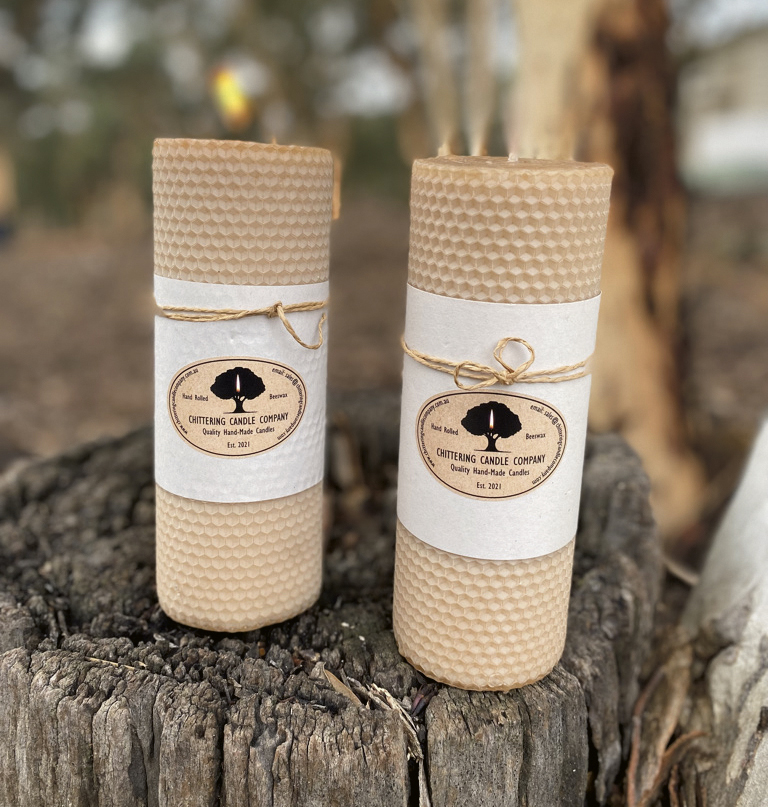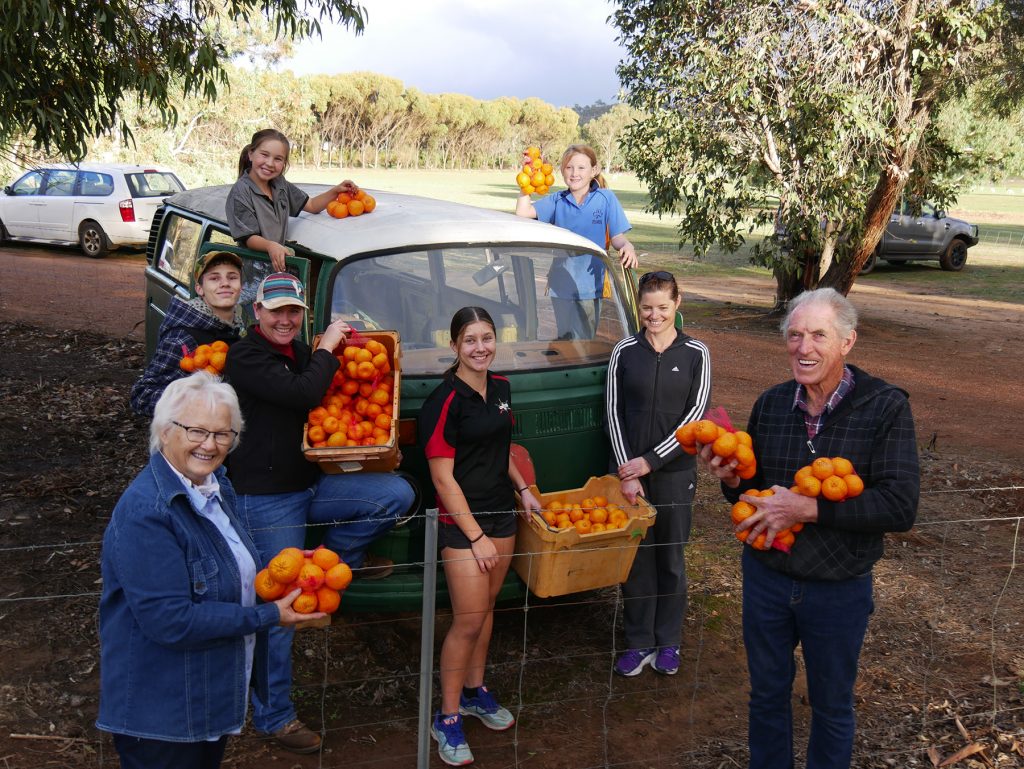
Where there's a will
A symbol of prosperity and blessing since the beginning of human civilizations, the grain that gives our Wheatbelt its name has been the backbone of our agricultural region since the 1950’s. And while the 8 million tonnes of wheat grown in our region is worth an approximate $2.5 billion to our economy, the question begs to be asked – can it feed us if push comes to shove?
With threats to wheat supply looming globally, fuel prices rocketing and labour shortages plaguing our growers, the way our food system works is ripe for change and perhaps, as Shakespeare suggests, we must tarry the grinding of our wheat if we wish to have cake.
It’s a philosophy embraced by grower Valken de Villiers, whose mission to create a secure supply chain which ensures a 100% local product has led him to growing and milling his own flour – stopping just short of baking his own bread (although he admits that’s not entirely off the cards).
Growing up in South Africa on a cattle farm, Valken maintained an interest in growing crops under irrigation, and when he took over the 220-acre farm in Gingin 7 years ago, he utilised the 105 acres under centre pivot to grow lucerne, a successful crop which he chaffs himself.
When the time came to rotate the soil, he decided to try something different. Encouraged by friend and former farmer Pat Grant, Valken decided to experiment with growing a wheat specifically for baking bread. Keeping overheads low, and food miles even lower, the pair set out to create a product rich in both provenance and protein.
“Pat and I share a common view of the future, where food security is going to become more important,” says Valken. “We’ve taken our food for granted and we believe that people will find that, with inflation, convenience is not enough. We need to bring the goodness back.”
Pat, whose experience in milling and home baking has been fundamental to the project, says, “Current wheat crops are designed for mass production, and the average acceptable protein level is around 9-10%. In Europe 15 or 16% is normal, and what is required to make a quality bread.”
Currently, WA wheat production is focused on producing noodle wheat for the Japanese, a million-tonne market which requires a 9.5-11.5% protein. A very small percentage of WA grain is being used for bread, where 12% protein is an acceptable Australian standard. To make such wheat into bread, additives and further processing are required.
Looking after the soil is what separates the wheat from the chaff (so to speak!), and Valken has invested heavily in building up his soil quality to increase the nutrient value of his grain. Using manure from a local piggery, worm juice from extensive earthworm beds, irrigation when required, and a unique recipe of minerals and soil biology has reaped healthy rewards.
“We set out to grow quality not quantity,” says Valken. “We tested the first crop at harvest and we’re pretty pleased to have achieved a 13% protein and a yield averaging over 7.5 tonnes per hectare.”
“And the quality is there!” adds Pat, “It’s been 30 years since I handled wheat this good!”
Choosing the right mill was the next step, and their commitment to a long-term quality product is evident in the choice of a beautifully crafted timber mill brought from Austria. “It mills really well – the flour is very fine. Most bakers were surprised it was stone milled,” says Pat.
Marketing the final product under the name Willgrow, Pat and Valken have begun sharing the product with local bakers and boutique shops.
“Our ultimate plan is to supply local people and increase local food security. We have no plans for mass production. This flour is to make bread for people who live in the region!”
Both Pat and Slow Food chef Vincenzo Villetri will be baking samples using this uniquely local flour at this year’s Taste of Chittering taking place on 28 August 2022 in Binda Place, Bindoon, outside the Northern Valleys Locavore Store – be sure to come and sample some!











